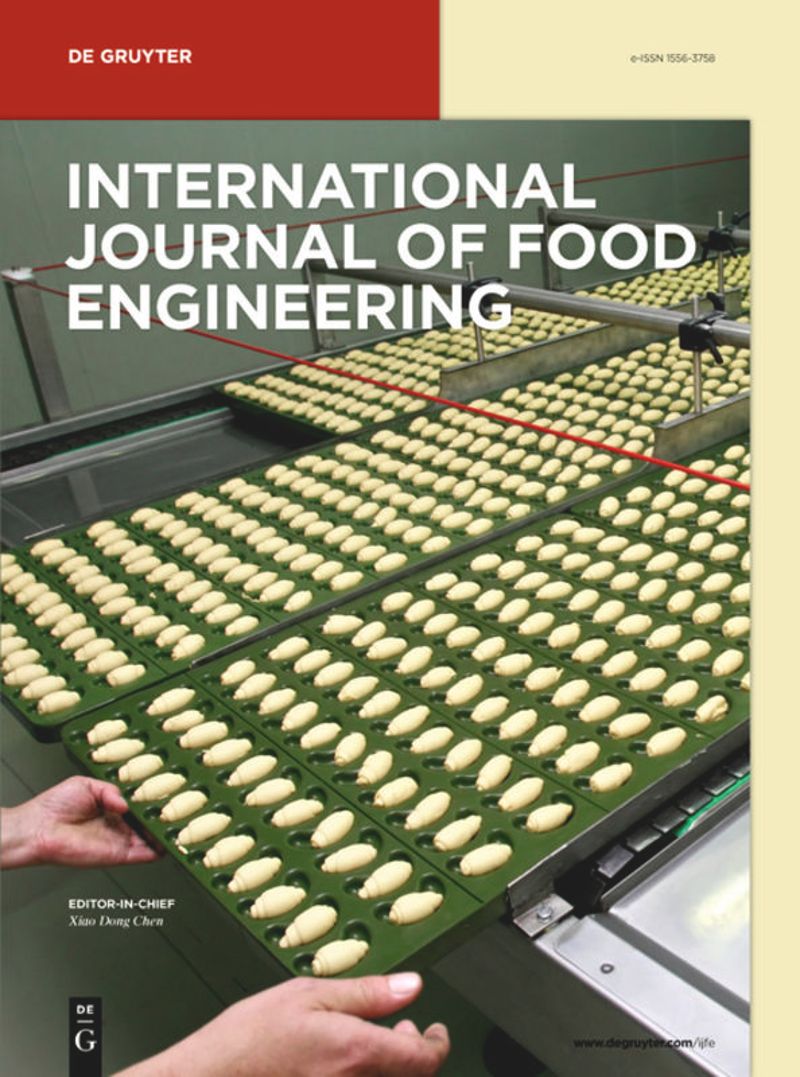Discrimination of powdered herbal teas by Vis/NIR spectral reflectance and chemometrics
IF 1.4
4区 农林科学
引用次数: 0
Abstract
Abstract The herbal tea market is projected to grow at an annual rate of 4.8 %, with the discrimination of these products appearing as an issue of food quality and safety. In this study the Vis/NIR spectroscopy combined with chemometrics was applied for discriminating five popular herbal teas (chamomile, boldo, lemon grass, carqueja, fennel) by using powdered samples. Dynamic sampling was applied for measuring the spectral signatures and different spectral pre-treatments were evaluated aiming at improving the discrimination accuracy. The Partial Least Squares Discriminant Analysis (PLS-DA) achieved high prediction accuracies (77.8–100 %), specificities (89.4–100 %) and sensitivities (66.1–100 %), with detrending and object-wise standardization pre-treatments correctly discriminating 100 % of the samples during the external validation. The Vis/NIR spectroscopy combined with chemometric analysis has great potential to discriminate powdered herbal teas, providing a non-destructive, fast, safe and chemical-free solution for automated quality control procedures in industries of tea processing.用可见光/近红外光谱反射率和化学计量学鉴别草药茶粉
凉茶市场预计将以每年4.8%的速度增长,这些产品的歧视出现在食品质量和安全问题上。本研究采用可见/近红外光谱结合化学计量学对五种常用草药茶(洋甘菊茶、牛蒡茶、柠檬草茶、香草茶、茴香茶)的粉末样品进行了鉴别。采用动态采样方法测量光谱特征,并对不同的光谱预处理方法进行了评价,以提高识别精度。偏最小二乘判别分析(PLS-DA)具有较高的预测准确度(77.8 - 100%)、特异性(89.4 - 100%)和灵敏度(66.1 - 100%),在外部验证过程中,去趋势和对象标准化预处理正确区分了100%的样品。可见/近红外光谱技术结合化学计量分析在鉴别草药茶粉方面具有很大的潜力,为茶叶加工行业的自动化质量控制程序提供了一种无损、快速、安全、无化学物质的解决方案。
本文章由计算机程序翻译,如有差异,请以英文原文为准。
求助全文
约1分钟内获得全文
求助全文
来源期刊
CiteScore
3.20
自引率
0.00%
发文量
52
审稿时长
3.8 months
期刊介绍:
International Journal of Food Engineering is devoted to engineering disciplines related to processing foods. The areas of interest include heat, mass transfer and fluid flow in food processing; food microstructure development and characterization; application of artificial intelligence in food engineering research and in industry; food biotechnology; and mathematical modeling and software development for food processing purposes. Authors and editors come from top engineering programs around the world: the U.S., Canada, the U.K., and Western Europe, but also South America, Asia, Africa, and the Middle East.

 求助内容:
求助内容: 应助结果提醒方式:
应助结果提醒方式:


